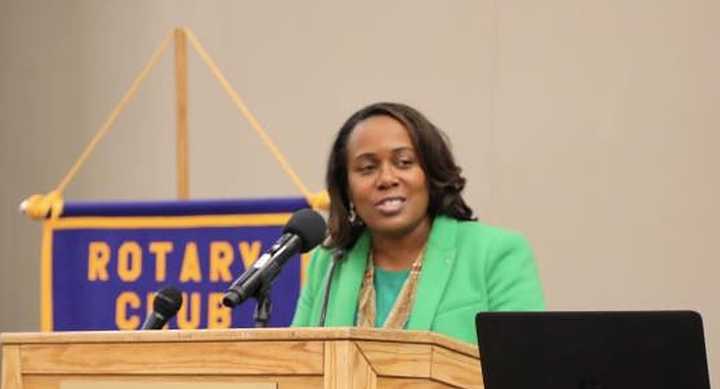The study by the New Jersey Policy Perspective, titled, "The 'Whitening' of Camden's Teachers," concluded that as charter school enrollments grow, Camden is employing fewer black teachers.
“The state, which controls the schools in Camden, has plowed ahead with charter school expansion — but hasn’t always stopped to think about the consequences,” said Mark Weber, the report's author. “It’s disturbing to find that the teaching workforce in a predominantly black city has gone from being majority black to majority white, mostly because of charter school expansion.”
The report by a Trenton-based education think tank comes shortly after the district announced it is closing four of its oldest public schools because of their poor conditions and underuse.
The result is an increasing lack of diversity among the teaching staff and presumably more trouble inspiring/managing the student population which is more than 94 percent black and hispanic.
The NJPP's study found that in the traditional city schools, about 44 percent of students and 41 percent of teachers are black.
In charter schools, 31 percent of students are black, but only 16 percent of teachers are, the study found. Likewise, 47 percent of renaissance students are black, but only 27 percent of teachers are.
“The shift in the teacher workforce from CCSD to charter/renaissance schools, therefore, creates a greater racial mismatch between students and teachers across the entire city,” the report says.
The "mismatch" is expected to worsen after four of the district’s 19 schools are permanently closed in June, as reported here. Enrollment in district-run schools has declined by nearly 60% since 2013, from 15,161 to just over 6,000.
Katrina McCombs, superintendent of Camden schools, has said the district is aware of the disparities.
“Increasing diversity in our teacher workforce is on the minds of superintendents across the state and across the country,” McCombs told NJ Advance Media on Thursday. “I am proud that the Camden City School District strategic plan, Putting Students First, explicitly calls for recruiting and retaining more outstanding teachers of color."
In 1999, 52 percent of Camden’s teachers were black; by 2019, only 30 percent were. Over the same time period, the percentage of white teachers in Camden increased from 38 percent in 1999 to 55 percent in 2019. The dramatic demographic change in Camden’s teacher workforce leaves students with fewer teachers who share their racial and ethnic identities.
“Students of color benefit from having a racially and ethnically diverse faculty, so the state should reconsider the policies that are reducing the number of Camden’s black teachers," Weber said.
To read more from the policy report, click here.
Click here to follow Daily Voice Egg Harbor Township and receive free news updates.

